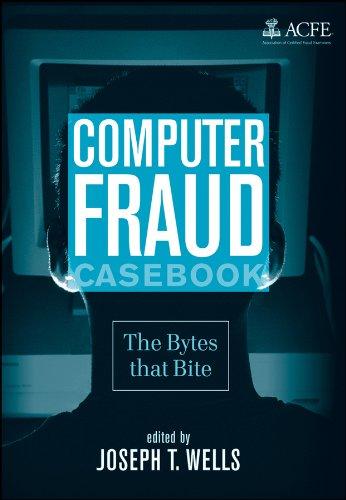Exercise 4 (Economic Rent): You are required by the city of New York to review the taxi medallion system (a medallion gives the owner the right to provide a taxi-cab service - one carfor life). Obtaining operating costs of providing taxi-cab services is not easy, since owners don't want to give away that information. You have gathered the following facts: 1. The (annual) cost function, after including all possible costs (i.e: paying for a driver, gas, repairs, etc.) is the following: C(y)={ay2+by+c,0,ify>0ify=0 where output y is measured in miles and c is the quasi-fixed cost of operating the cab. 2. The minimum efficient scale of operation is 40,000 miles driven per year. 3. The Quasi-fixed cost is $10,000 4. There are currently only 12,000 medallions (taxis) operating in NY. 5. Aggregate demand for cab services (again, in miles per year) in NY is the following: Yd(P)=3,840,000,000960,000,000P 6. The equilibrium price of a cab ride is P=$3 (per mile). Do the following: a. Obtain the individual supply function Graph it. (Hint: use facts 1,2 and 3 to obtain supply as a function of price P and parameter b ) b. Determine whether medallion owners are operating at their minimum efficient scale or not (Hint: use facts 2,4,5 and 6 ) c. Obtain total costs and average costs per year of operating a taxi-cab in NY (Hint: to do this you will have to use the individual supply function and the equilibrium condition to back out the value of parameter b; only then will you be able to obtain total and average costs) d. Obtain total profits per year. e. If the interest rate is 3% per year, obtain the value of owning a medallion (Hint: the value is equal to the profits per year divided by the interest rate). f. Give the mayor of NY a dollar estimate of how much better off society would be if the taxi-cab industry was de-regulated (Hint: Calculate the deadweight loss of having the medallion system). Show your result in a graph (with aggregate demand and supply). Also determine how many cabs would be operating if the industry was de-regulated. Exercise 4 (Economic Rent): You are required by the city of New York to review the taxi medallion system (a medallion gives the owner the right to provide a taxi-cab service - one carfor life). Obtaining operating costs of providing taxi-cab services is not easy, since owners don't want to give away that information. You have gathered the following facts: 1. The (annual) cost function, after including all possible costs (i.e: paying for a driver, gas, repairs, etc.) is the following: C(y)={ay2+by+c,0,ify>0ify=0 where output y is measured in miles and c is the quasi-fixed cost of operating the cab. 2. The minimum efficient scale of operation is 40,000 miles driven per year. 3. The Quasi-fixed cost is $10,000 4. There are currently only 12,000 medallions (taxis) operating in NY. 5. Aggregate demand for cab services (again, in miles per year) in NY is the following: Yd(P)=3,840,000,000960,000,000P 6. The equilibrium price of a cab ride is P=$3 (per mile). Do the following: a. Obtain the individual supply function Graph it. (Hint: use facts 1,2 and 3 to obtain supply as a function of price P and parameter b ) b. Determine whether medallion owners are operating at their minimum efficient scale or not (Hint: use facts 2,4,5 and 6 ) c. Obtain total costs and average costs per year of operating a taxi-cab in NY (Hint: to do this you will have to use the individual supply function and the equilibrium condition to back out the value of parameter b; only then will you be able to obtain total and average costs) d. Obtain total profits per year. e. If the interest rate is 3% per year, obtain the value of owning a medallion (Hint: the value is equal to the profits per year divided by the interest rate). f. Give the mayor of NY a dollar estimate of how much better off society would be if the taxi-cab industry was de-regulated (Hint: Calculate the deadweight loss of having the medallion system). Show your result in a graph (with aggregate demand and supply). Also determine how many cabs would be operating if the industry was de-regulated







